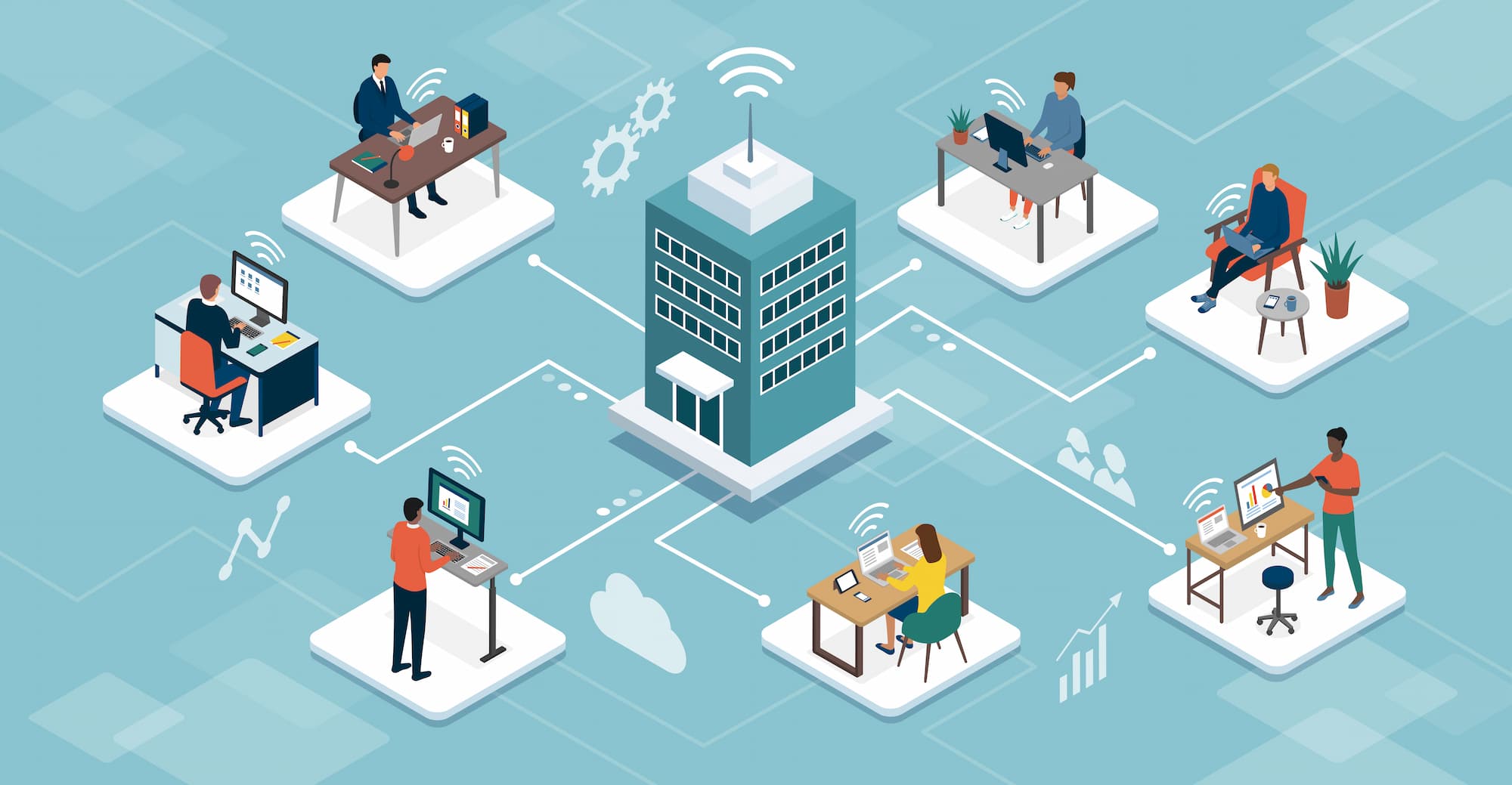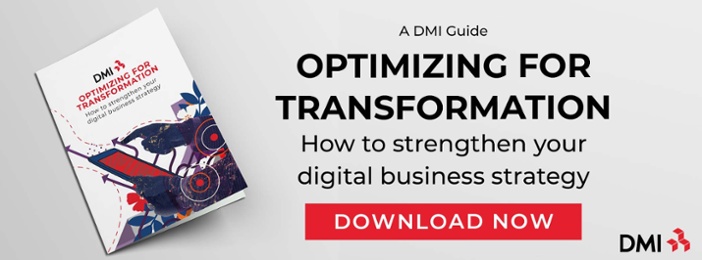
Managed Mobility Services in the Age of Office Re-Entry
COVID-19 didn’t invent work from home, nor did it create mobility tools for businesses. In truth, mobility management isn’t an earth-shattering concept that only came about over the last 18 months.
What the pandemic did do was change the ways that companies view and use mobility solutions.
Of course, as companies launch programs to bring employees back into offices and the workplace, it’s logical to wonder what role mobility management will take, both in supporting the move back and what it will look like as businesses find their footing in this new era of work.
Mobility will clearly continue to play a role. But what role? The key to successful mobility management isn't technology. It’s the people who use and are impacted by that technology that will drive modern mobility strategies and usage.
How COVID-19 Changed Mobility Management
Many — even most — organizations were invested in some level of mobility solutions prior to the first quarter of 2020. But with the cresting wave of pandemic cases worldwide and global lockdowns, organizations were forced to rethink their approach to both working out of the office and how to manage the well-being of critical service employees without the option of working remotely.
The result? While a few businesses may have adopted mobility solutions during the pandemic, most others already had some plans and solutions in place. For these businesses, COVID-19 accelerated the planning and mobility adoption that was already underway.
What Mobility Means in the Post-COVID Workplace
It’s still not clear when the pandemic will be over, or even what we’ll be facing in the short term with the Delta variant. However, companies are still working to navigate a return to the office while managing these uncertainties.
For some employees, a return to the office is a welcome reprieve from months of isolation and separation from their co-workers. Yet, even if they’re looking forward to it, many are still hesitant to return and have concerns about not just their safety but the stability of the situation.
Companies need to be ready to pivot to keep employees safe and keep the business moving forward. Mobility solutions offer the ability to be agile.
Leveraging mobility solutions is about more than being prepared for anything. As many companies discovered during the last 18-months, the ability to leverage mobility tools and platforms resulted in increased productivity. Instead of fitting life around work, employees were able to fit work around life, and organizations and even customers benefited from this change.
The question is no longer about if a business should use or expand their mobility management strategies, but how to do it to best benefit everyone, from shareholders to customers. That will require a new perspective on what mobility solutions mean and how organizations approach them.
Why Mobility Management is About More than Technology
There are clear advantages to the flexibility that mobile solutions can offer a business. It isn’t the technology, though, that is at the center of these advantages. At the end of the day, mobility tools are just that — tools — that help people accomplish their tasks better and easier.
The core to effective mobility management and planning is keeping the focus on people and their experiences. Not just the customer experience, although that is also important. Mobility solutions also support better employee and team experiences, as well.
As companies consider a mobile-centric approach to their business, it’s critical to remember that those experiences are the key to informing and defining what solutions and platforms you choose to adopt.
The tools support the benefits. The benefits come from the improved experience. Driving toward better customer and employee experiences should be at the forefront of your mobility management plans.
This extends beyond tools that allow workers to work from home. True, laptops and tablets and cloud-based apps extend the office footprint into homes, coffee shops, airports and more. These solutions, however, also include the ability to keep customers informed through texts or app messaging. They allow for better management of field services. They provide opportunities for connected devices, like facial recognition and automated temperature monitoring, to ensure the health and safety of returning employees.
Each and every one of these devices increases productivity, reduces costs, and most of all, drives quality experiences for the people involved.
Conclusion
There is a lot to consider as workers begin their return to offices and workspaces. Businesses have invested, and will continue to invest, in solutions and devices to help keep employees safe, healthy and secure.
At the same time, businesses need to see the positive lessons that came to light during the dark days of the pandemic. The ability to be agile and flexible with how and where work is done resulted in happier, more productive employees and improved customer experiences.
Now is the time to keep that momentum going by embracing mobility platforms and tools while exploring new mobile strategies. The key is to remain centered on how these solutions offer a better experience for those using them, from the employee to the customer.
If you’re looking for ideas or assistance with your mobility management, DMI can help. We take a unique approach to our mobility services. Our primary goal is to treat our customers like partners and help them find the best solutions possible for their business. From understanding what you have and how it can be leveraged to enhance your existing mobility strategies, to suggesting new platforms and solutions that help you reach your goals, DMI will help you design and implement the most effective mobility management program for your unique organizational needs.
![[FREE RESOURCE] 10 Technology Trends You Need to Know](https://no-cache.hubspot.com/cta/default/8444324/70f3087e-225d-45f6-bb20-e5ed06bf0834.png)
